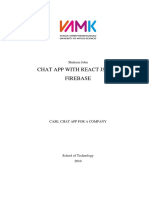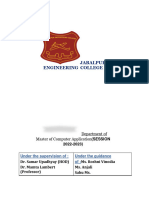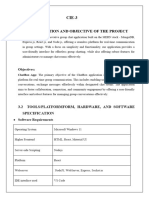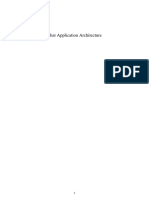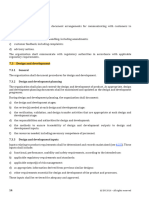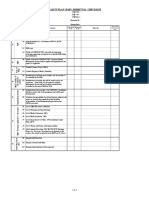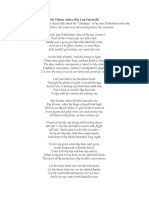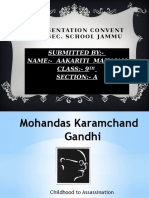0% found this document useful (0 votes)
17 views9 pagesConverted Text
The College Messaging System is a web-based application designed for ACS College of Engineering to enhance communication among students, faculty, and administrators through a secure, real-time messaging platform. Built with modern technologies like React and Tailwind CSS, it features user authentication, a personalized dashboard, and a chat area, while ensuring a professional look that aligns with the college's branding. Future enhancements include real-time backend integration, user status tracking, and group chat support, making it a scalable solution for academic communication needs.
Uploaded by
vinudeekshith777sCopyright
© © All Rights Reserved
We take content rights seriously. If you suspect this is your content, claim it here.
Available Formats
Download as PDF, TXT or read online on Scribd
0% found this document useful (0 votes)
17 views9 pagesConverted Text
The College Messaging System is a web-based application designed for ACS College of Engineering to enhance communication among students, faculty, and administrators through a secure, real-time messaging platform. Built with modern technologies like React and Tailwind CSS, it features user authentication, a personalized dashboard, and a chat area, while ensuring a professional look that aligns with the college's branding. Future enhancements include real-time backend integration, user status tracking, and group chat support, making it a scalable solution for academic communication needs.
Uploaded by
vinudeekshith777sCopyright
© © All Rights Reserved
We take content rights seriously. If you suspect this is your content, claim it here.
Available Formats
Download as PDF, TXT or read online on Scribd
/ 9



